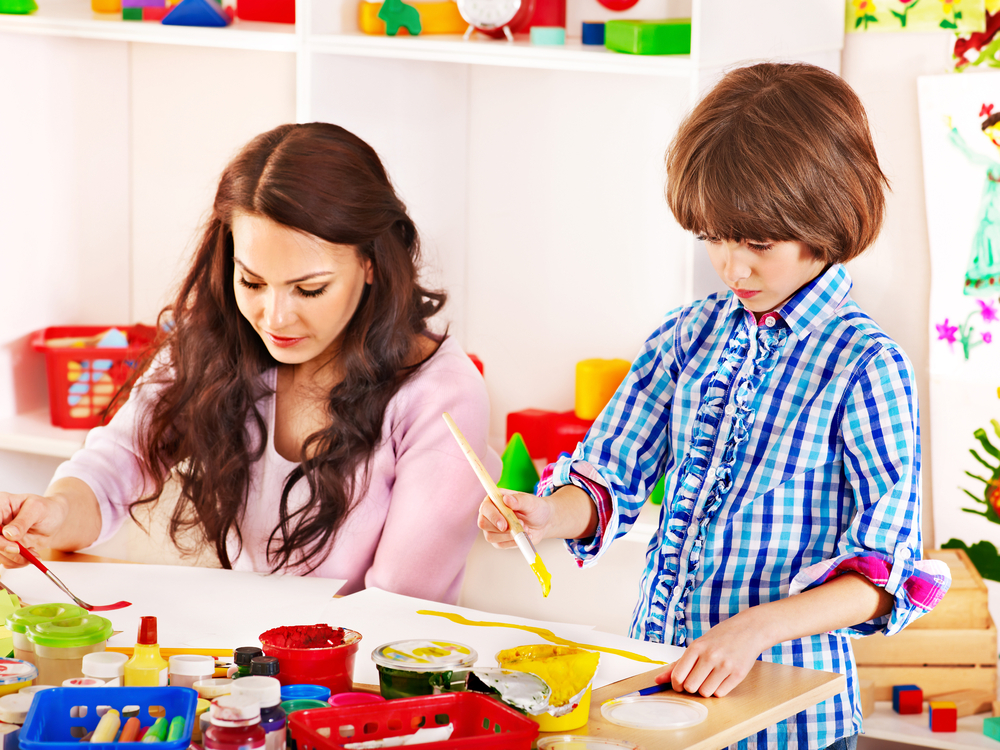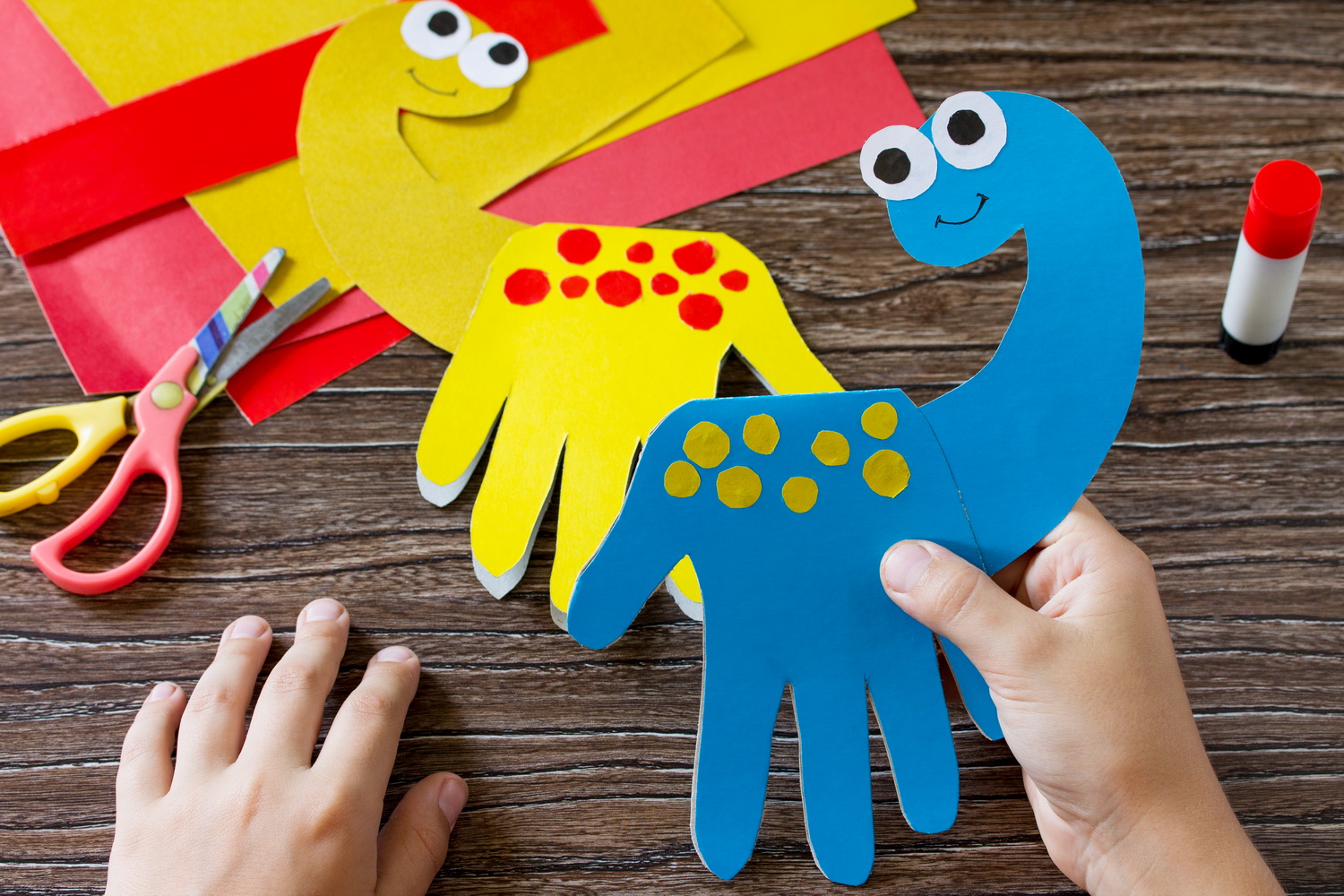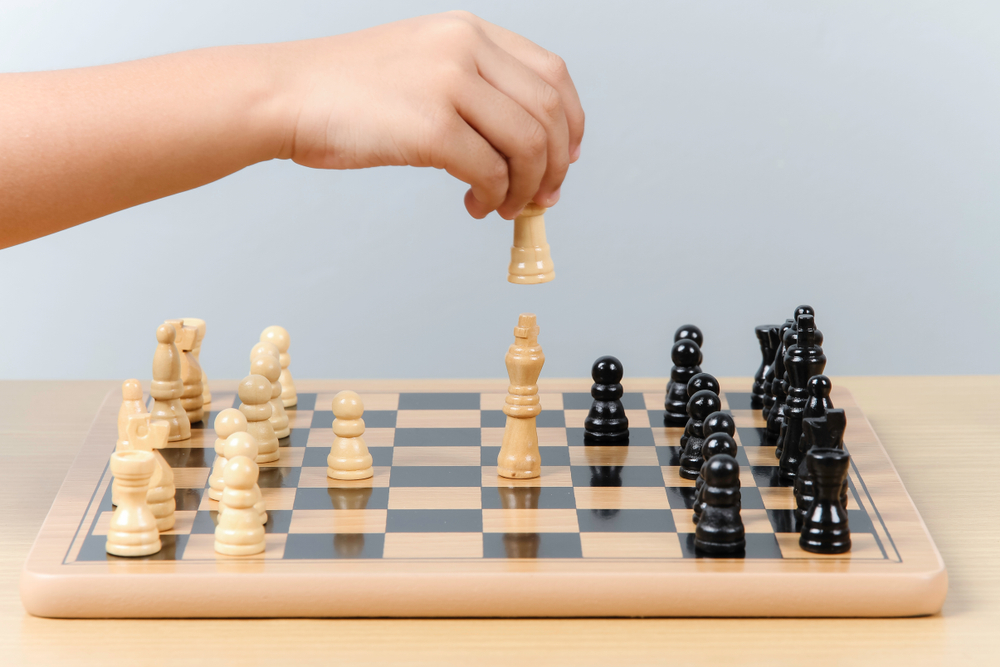Categorizing objects Normal Worksheets for Ages 3-8
4 filtered results
-
From - To
Explore our "Categorizing Objects Normal Worksheets" designed for children ages 3-8! These engaging worksheets help young learners develop critical thinking skills by grouping objects based on similarities and differences. From animals and shapes to everyday items, kids will enjoy sorting and classifying while enhancing their vocabulary and understanding of the world around them. Our carefully crafted activities cater to various learning styles, making it easy for teachers and parents to support their child's educational journey. Perfect for at-home learning or classroom use, these worksheets will inspire creativity and foster keen observational skills in your little ones. Start categorizing today!
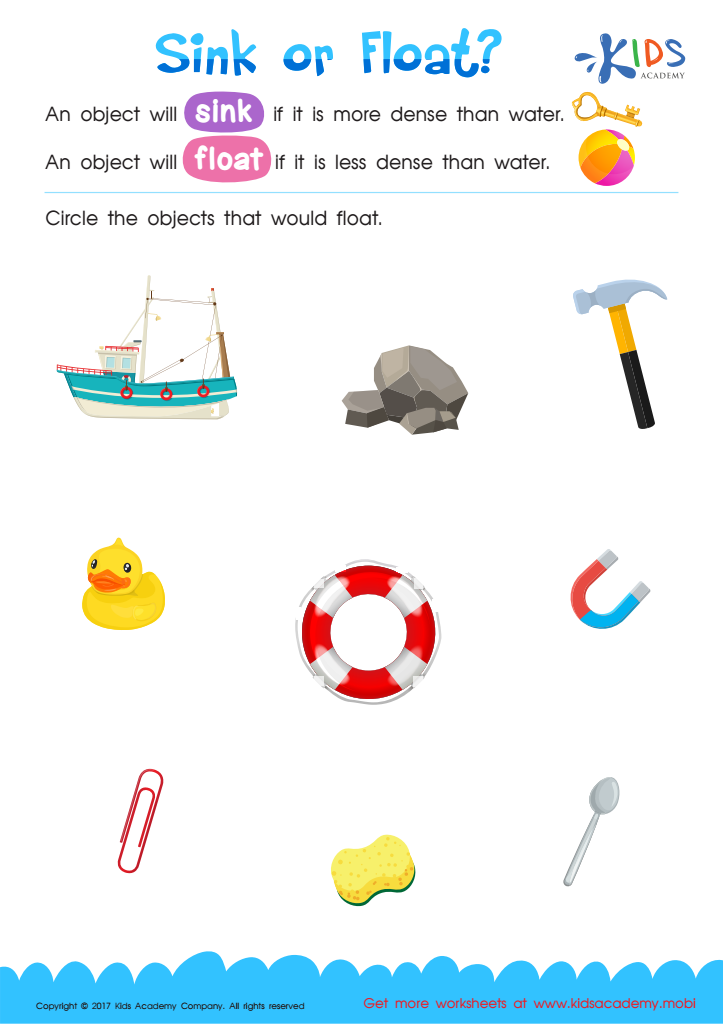

Sink or Float Printable
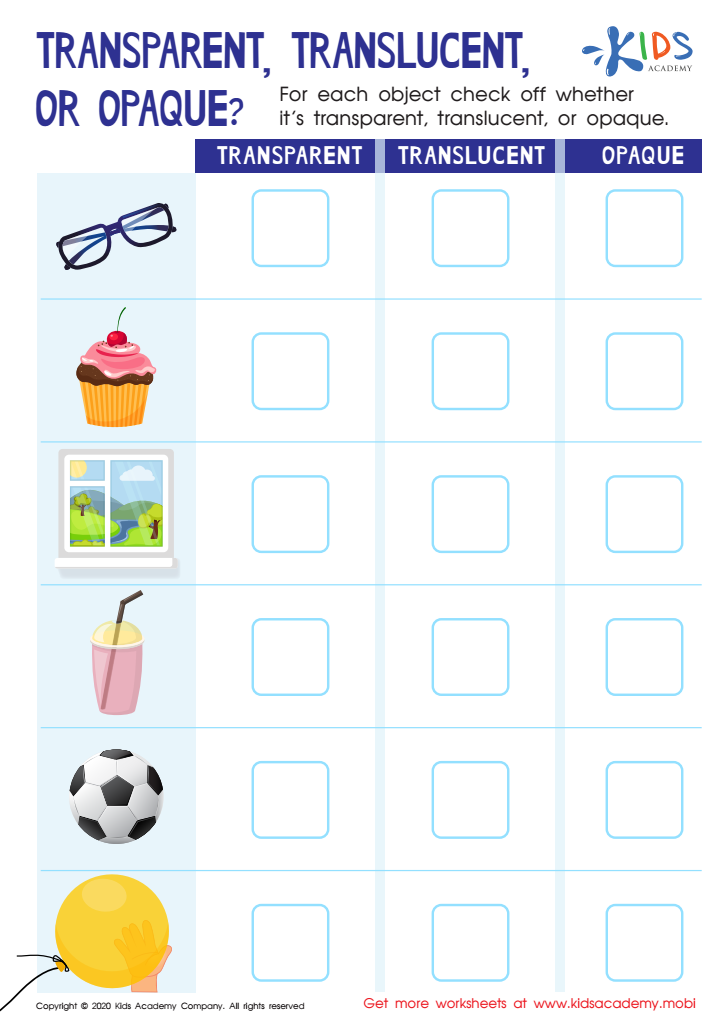

Transparent, Translucent, or Opaque Worksheet
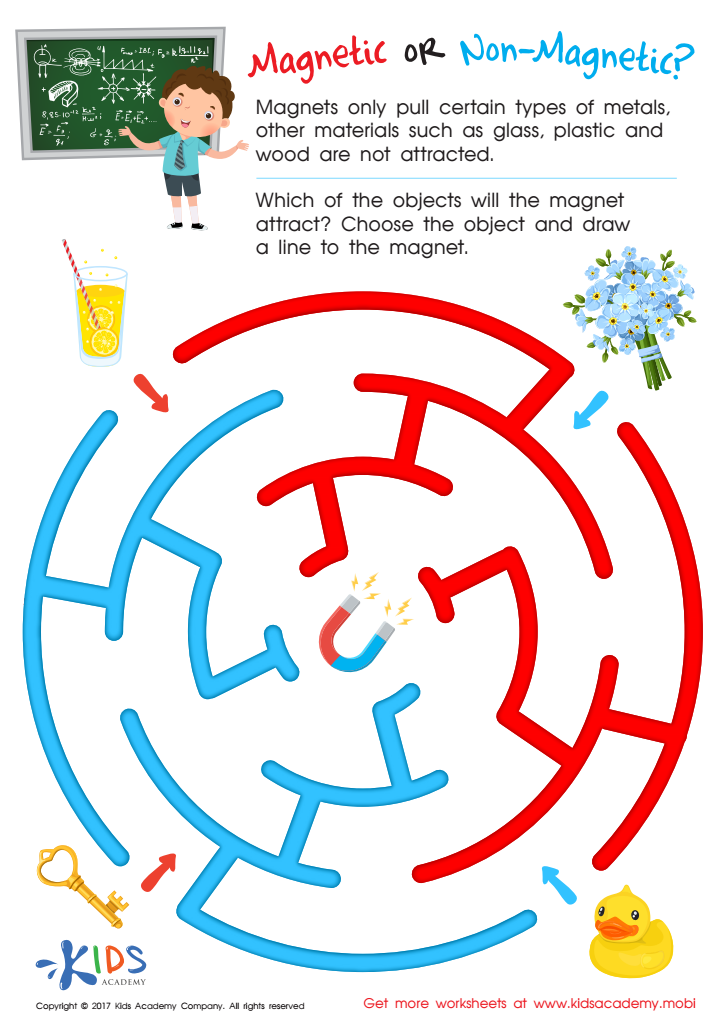

Magnetic or Non–Magnetic Worksheet
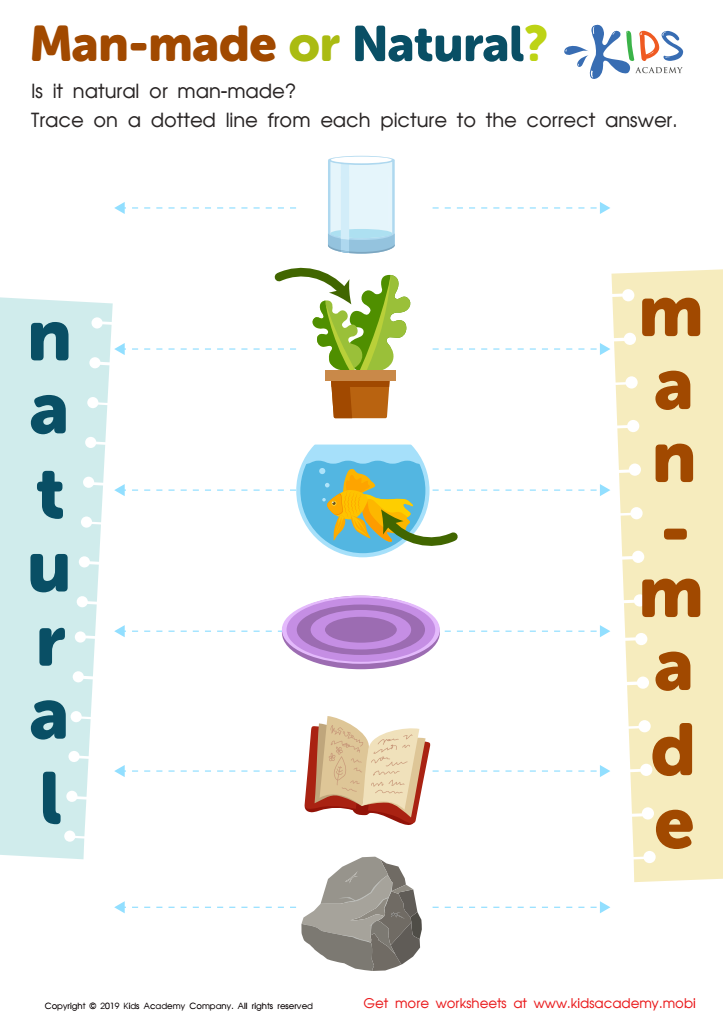

Man-Made or Natural? Worksheet
Categorizing objects is an essential developmental skill for children aged 3-8, and both parents and teachers should prioritize its importance. This skill enhances cognitive development by helping children identify similarities, differences, and relationships between items, which is foundational for critical thinking and problem-solving. As children sort objects—be it by shape, color, size, or function—they engage in active learning, strengthening their ability to make connections between concepts and boosting their understanding of the world around them.
Additionally, categorization skills play a crucial role in language development. When children label and describe objects, they expand their vocabulary and enhance their communication abilities. This process not only aids in language acquisition but also promotes social interactions, as children can share and discuss their categorizations with peers and adults.
Furthermore, teaching categorization lays the groundwork for later academic subjects, particularly mathematics and science, where classification is fundamental. For educators and parents, fostering a child’s ability to categorize objects ensures a deeper understanding of various subjects and contributes to a well-rounded educational experience. Ultimately, promoting this skill helps children become organized thinkers, ready to tackle more complex tasks as they grow.
 Assign to My Students
Assign to My Students







